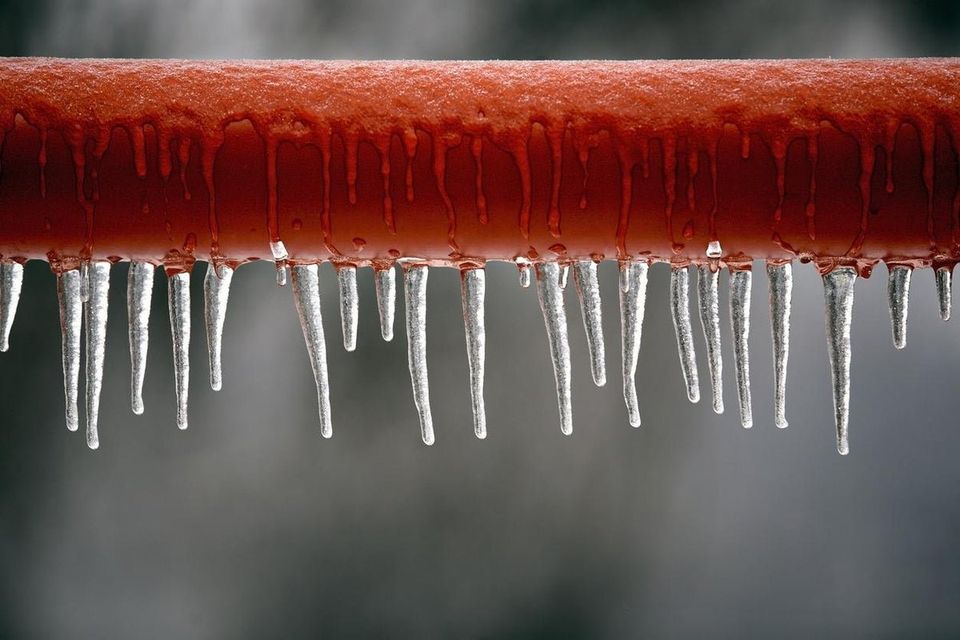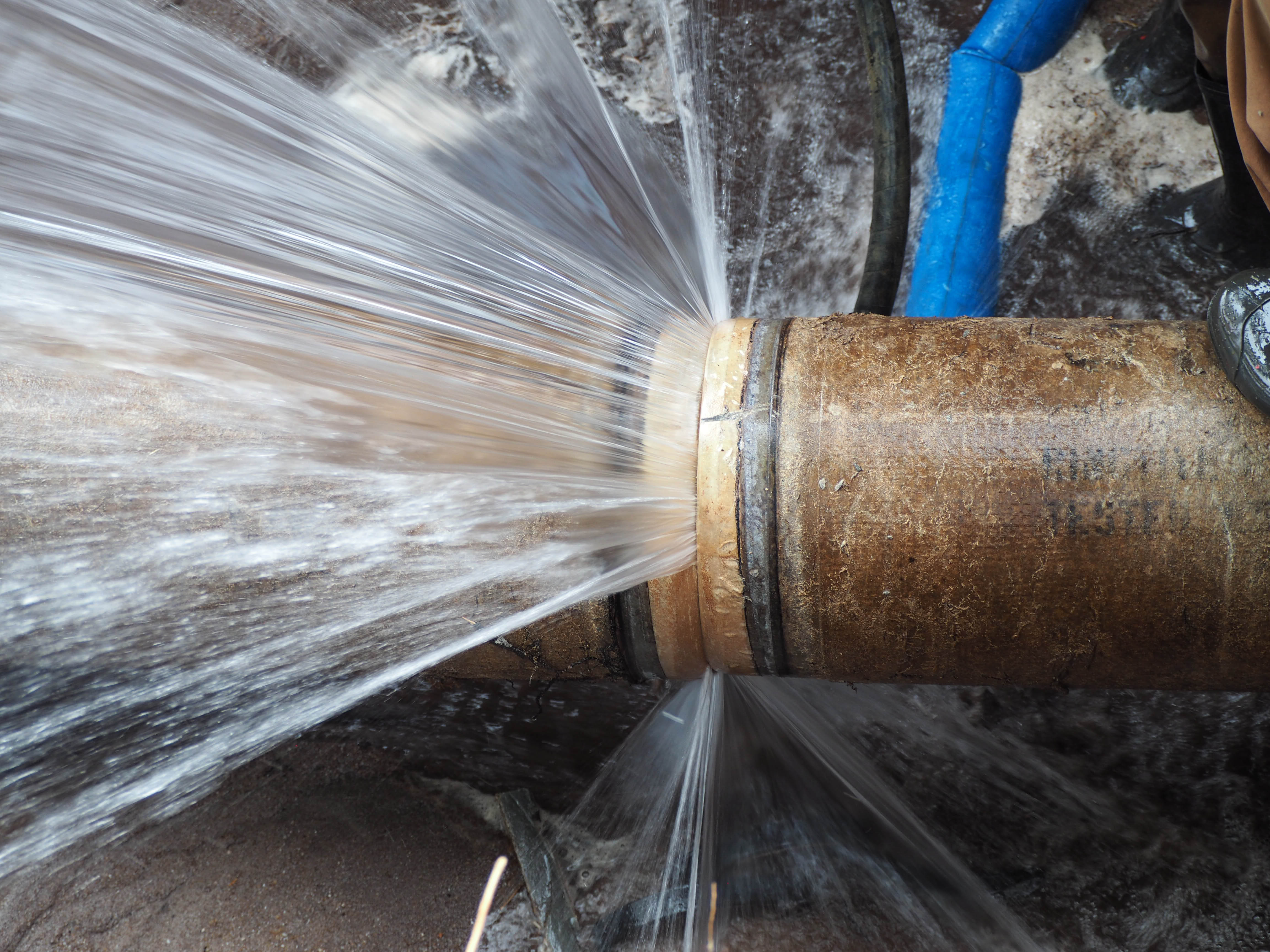Essential Advice to Protect Against Frozen Pipes in Cold Weather
Essential Advice to Protect Against Frozen Pipes in Cold Weather
Blog Article
What are your thoughts on How To Avoid Freezing Pipes?

Winter can wreak havoc on your pipes, especially by freezing pipes. Below's how to avoid it from occurring and what to do if it does.
Intro
As temperature levels drop, the threat of frozen pipes increases, potentially causing pricey fixings and water damages. Recognizing just how to stop frozen pipes is essential for property owners in cold climates.
Understanding Icy Pipelines
What triggers pipes to freeze?
Pipes freeze when revealed to temperature levels below 32 ° F (0 ° C) for extended durations. As water inside the pipelines freezes, it increases, taxing the pipe wall surfaces and possibly causing them to rupture.
Risks and problems
Frozen pipes can result in water disturbances, building damages, and costly repair work. Ruptured pipes can flooding homes and create substantial architectural damage.
Indicators of Frozen Pipes
Identifying frozen pipelines early can stop them from bursting.
Exactly how to recognize frozen pipes
Try to find lowered water circulation from faucets, uncommon smells or noises from pipelines, and noticeable frost on subjected pipes.
Avoidance Tips
Shielding at risk pipes
Wrap pipelines in insulation sleeves or make use of heat tape to shield them from freezing temperatures. Focus on pipelines in unheated or external areas of the home.
Heating methods
Maintain interior areas appropriately warmed, particularly areas with plumbing. Open up cabinet doors to permit cozy air to flow around pipes under sinks.
Shielding Exterior Plumbing
Garden tubes and outside faucets
Separate and drain garden tubes before wintertime. Install frost-proof faucets or cover outside taps with protected caps.
What to Do If Your Pipes Freeze
Immediate activities to take
If you suspect icy pipes, keep taps open to eliminate pressure as the ice melts. Make use of a hairdryer or towels taken in hot water to thaw pipes gradually.
Long-Term Solutions
Structural changes
Think about rerouting pipes away from outside walls or unheated locations. Add added insulation to attics, cellars, and crawl spaces.
Upgrading insulation
Buy premium insulation for pipelines, attic rooms, and wall surfaces. Appropriate insulation helps preserve constant temperatures and minimizes the danger of frozen pipelines.
Conclusion
Stopping icy pipes calls for aggressive actions and fast responses. By understanding the causes, indications, and safety nets, homeowners can safeguard their plumbing during cold weather.
5 Ways to Prevent Frozen Pipes
Drain Outdoor Faucets and Disconnect Hoses
First, close the shut-off valve that controls the flow of water in the pipe to your outdoor faucet. Then, head outside to disconnect and drain your hose and open the outdoor faucet to allow the water to completely drain out of the line. Turn off the faucet when done. Finally, head back to the shut-off valve and drain the remaining water inside the pipe into a bucket or container. Additionally, if you have a home irrigation system, you should consider hiring an expert to clear the system of water each year.
Insulate Pipes
One of the best and most cost-effective methods for preventing frozen water pipes is to wrap your pipes with insulation. This is especially important for areas in your home that aren’t exposed to heat, such as an attic. We suggest using foam sleeves, which can typically be found at your local hardware store.
Keep Heat Running at 65
Your pipes are located inside your walls, and the temperature there is much colder than the rest of the house. To prevent your pipes from freezing, The Insurance Information Institute suggests that you keep your home heated to at least 65 degrees, even when traveling. You may want to invest in smart devices that can keep an eye on the temperature in your home while you’re away.
Leave Water Dripping
Moving water — even a small trickle — can prevent ice from forming inside your pipes. When freezing temps are imminent, start a drip of water from all faucets that serve exposed pipes. Leaving a few faucets running will also help relieve pressure inside the pipes and help prevent a rupture if the water inside freezes.
Open Cupboard Doors
Warm your kitchen and bathroom pipes by opening cupboards and vanities. You should also leave your interior doors ajar to help warm air circulate evenly throughout your home.

I hope you enjoyed reading our section on 6 Ways to Prevent Frozen Pipes. Thanks so much for finding the time to read our piece. Sharing is caring. Who knows, you may very well be doing someone a favor. Thanks for your time. Don't hesitate to check up our blog back soon.
Estimating Report this page